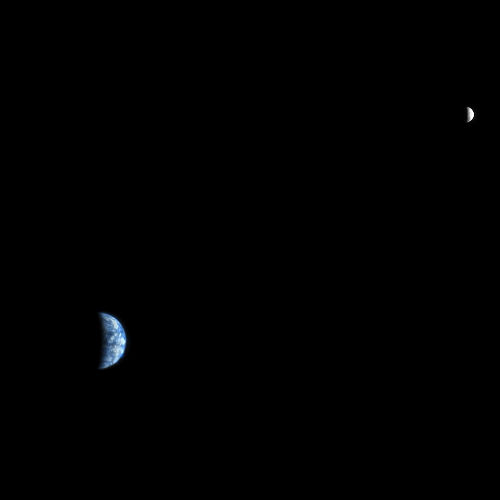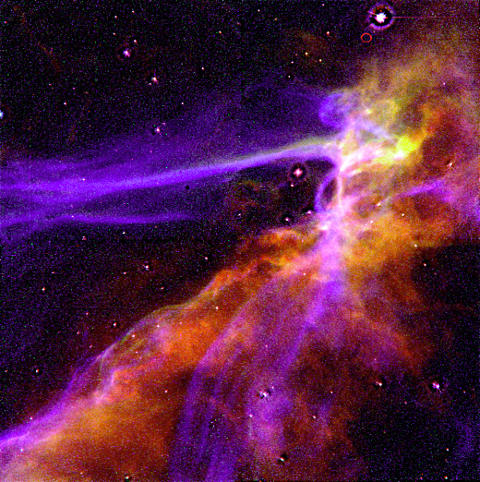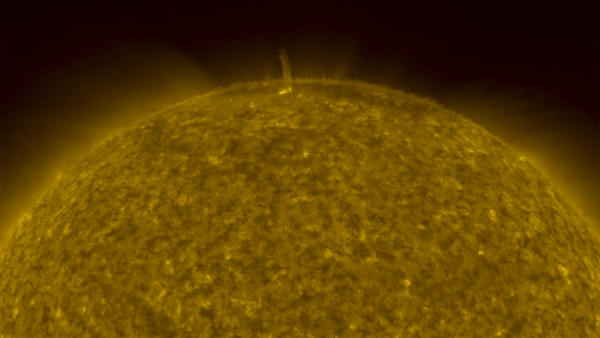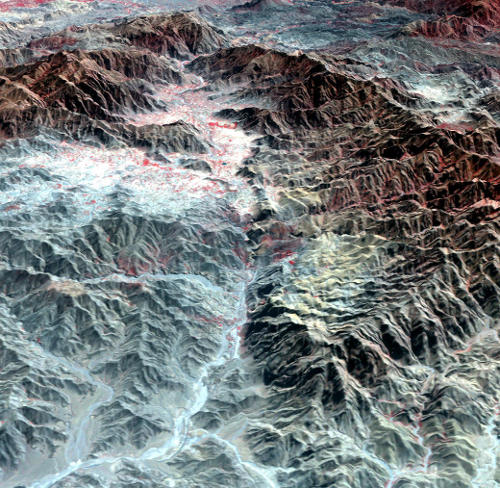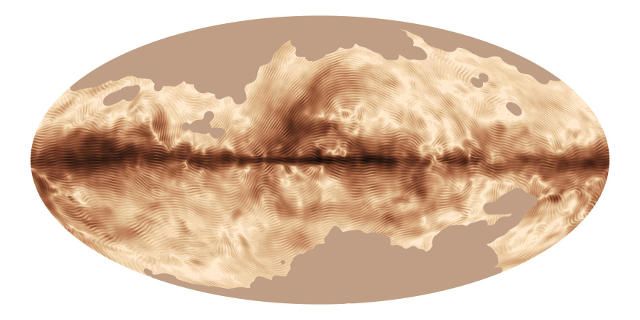
Given the vastness of space and the universe, it is difficult to fathom the size of or the dimensions of these regions. But measuring and mapping the magnetic field, from light which was polarized when it was emitted by or scattered off dust and other surfaces, makes it possible to create a “map” using the technique of convolution. The ESA and NASA joint venture Planck satellite helped compile this view of the magnetic field of the Milky Way galaxy.
The dark band running horizontally across the center of the image corresponds to the galactic plane. The darker regions in the rest of the image correspond to stronger polarized emissions, and the striations indicate the direction of the magnetic field projected onto the plane of the sky.
